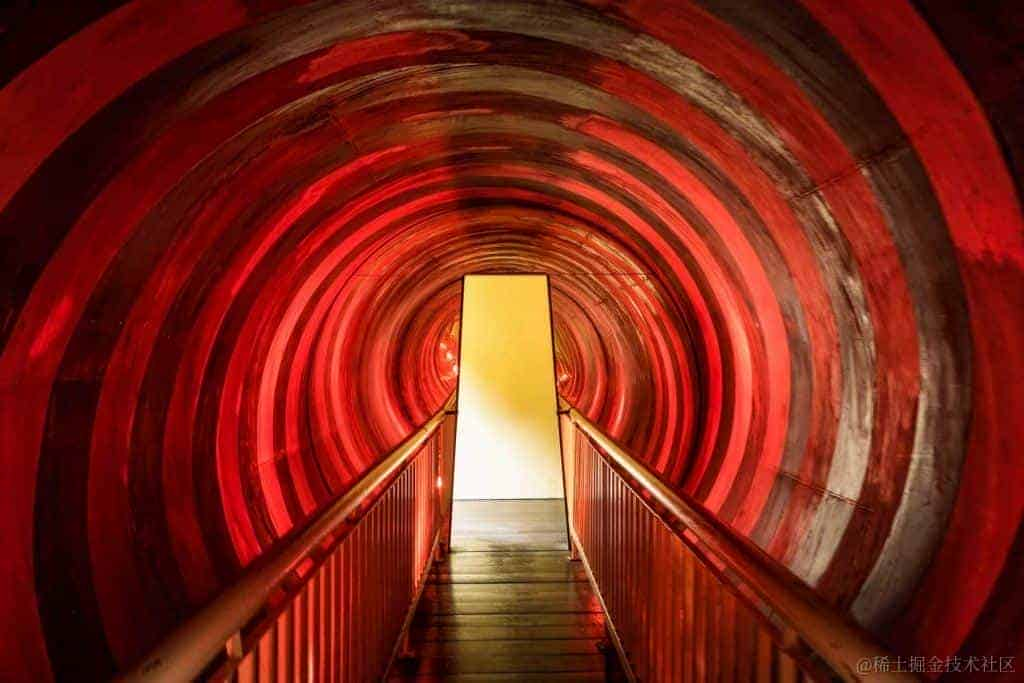掌握灵活多变的盒子定位技巧,轻松实现页面布局难题
2023-10-11 18:10:36
- 定位:精准控制盒子位置
定位是CSS中实现盒子居中的常用方法之一。通过设置盒子的position属性,可以将其从正常文档流中脱离,并根据指定的定位规则进行定位。
1.1 盒子宽高已知
当盒子的宽高已知时,可以使用绝对定位(position: absolute)或固定定位(position: fixed)实现居中。
绝对定位
绝对定位的盒子相对于其最近的已定位祖先元素进行定位。因此,在使用绝对定位居中盒子之前,需要先为其父元素设置position: relative,以建立一个定位上下文。
<div class="parent">
<div class="child"></div>
</div>
<style>
.parent {
position: relative;
}
.child {
position: absolute;
left: 50%;
top: 50%;
transform: translate(-50%, -50%);
}
</style>
在这个例子中,.child相对于其父元素.parent进行定位。left: 50%;和top: 50%;将.child定位到其父元素的中心。transform: translate(-50%, -50%);将.child向左和向上平移50%,从而实现居中。
固定定位
固定定位的盒子相对于浏览器视口进行定位。因此,无论如何滚动页面,固定定位的盒子始终保持在视口中的相同位置。
<div class="fixed-child"></div>
<style>
.fixed-child {
position: fixed;
left: 50%;
top: 50%;
transform: translate(-50%, -50%);
}
</style>
在这个例子中,.fixed-child相对于浏览器视口进行定位。left: 50%;和top: 50%;将.fixed-child定位到视口的中心。transform: translate(-50%, -50%);将.fixed-child向左和向上平移50%,从而实现居中。
1.2 盒子宽高未知
当盒子的宽高未知时,可以使用相对定位(position: relative)和margin: auto实现居中。
<div class="child"></div>
<style>
.child {
position: relative;
margin: 0 auto;
}
</style>
在这个例子中,.child相对于其最近的已定位祖先元素进行定位。margin: 0 auto;将.child的左右外边距设置为auto,从而实现水平居中。
2. margin+padding:简单实用的居中方法
margin+padding也是一种实现盒子居中的常用方法。通过设置盒子的margin和padding属性,可以使其在父元素中居中。
<div class="parent">
<div class="child"></div>
</div>
<style>
.parent {
text-align: center;
}
.child {
margin: 0 auto;
padding: 10px;
}
</style>
在这个例子中,.parent使用text-align: center;将文本内容居中。.child使用margin: 0 auto;实现水平居中。padding: 10px;为.child添加10像素的内边距。
3. 平移:灵活调整盒子位置
平移是另一种实现盒子居中的方法。通过设置盒子的transform属性,可以将其向某个方向平移一定距离。
<div class="child"></div>
<style>
.child {
transform: translate(-50%, -50%);
}
</style>
在这个例子中,.child使用transform: translate(-50%, -50%);向左和向上平移50%,从而实现居中。
4. table-cell布局:简单粗暴的居中方法
table-cell布局也是一种实现盒子居中的方法。通过将盒子放入一个<table>元素中,并将其设置为display: table-cell;,可以使其垂直和水平居中。
<table>
<tr>
<td>
<div class="child"></div>
</td>
</tr>
</table>
<style>
table {
width: 100%;
height: 100%;
}
td {
text-align: center;
vertical-align: middle;
}
.child {
display: table-cell;
}
</style>
在这个例子中,.child被放入一个<table>元素中,并使用display: table-cell;使其成为一个单元格。text-align: center;和vertical-align: middle;将单元格的内容垂直和水平居中。
5. flex布局:现代化的布局方式
flex布局是CSS3中引入的一种新的布局方式。它提供了更加灵活和强大的布局功能,可以轻松实现盒子的垂直和水平居中。
<div class="parent">
<div class="child"></div>
</div>
<style>
.parent {
display: flex;
justify-content: center;
align-items: center;
}
.child {
width: 100px;
height: 100px;
background-color: red;
}
</style>
在这个例子中,.parent使用display: flex;设置为一个flex容器。justify-content: center;将.child在水平方向上居中。align-items: center;将.child在垂直方向上居中。
结语
盒子的垂直水平居中是网页设计中常见的问题。通过灵活运用定位、margin+padding、平移、table-cell布局和flex布局等方法,可以轻松实现盒子的居中效果。



